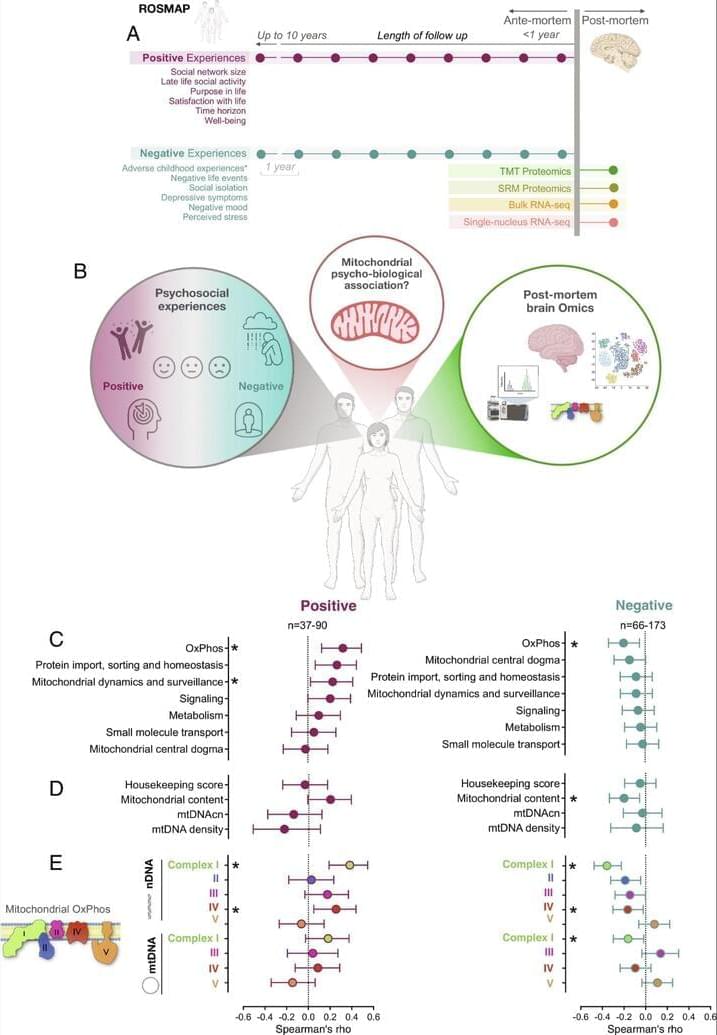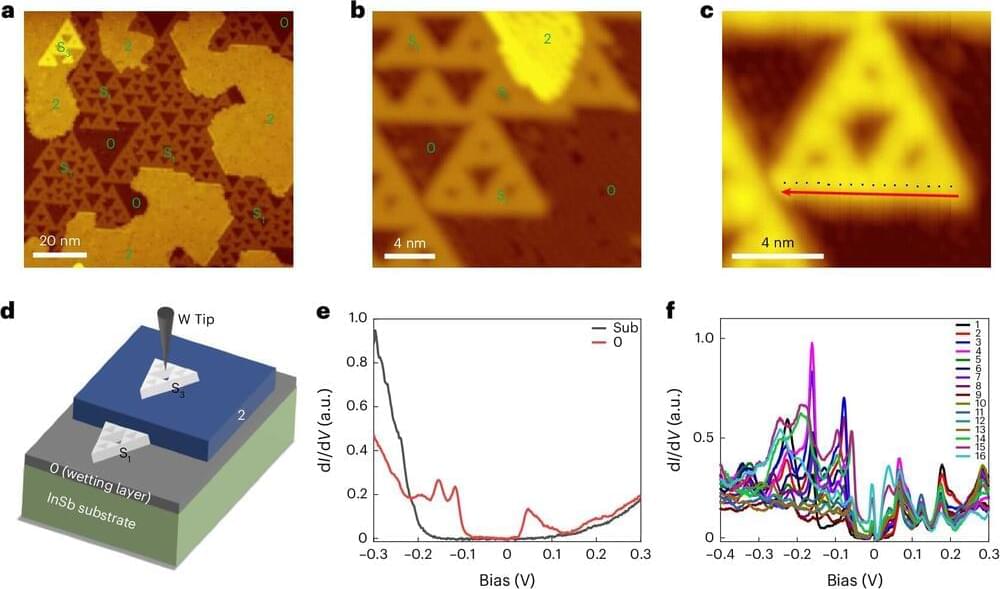Moss that grows in Mojave desert and Antarctica may help establish life on the red planet, researchers say.



A theoretical model for the illumination of photosynthesizing algae in giant clams suggests principles for high efficiency collection of sunlight.
Crops on a farm capture only about 3% of the available solar energy, much less than the 20%–25% captured by large solar arrays. Now a research team has used a theoretical model to explain efficiencies as high as 67% for photosynthesizing algae hosted by giant clams [1]. The researchers argue that clams achieve this performance with an optimized geometry. The mollusks may also adjust the algae clusters’ spacing according to changing light conditions. The researchers hope that an understanding of clams’ solar efficiency might help other scientists improve the efficiency of solar technology and explain aspects of the photosynthetic behavior of other ecosystems such as forests.
A photosynthetic cell can convert nearly every incoming photon to usable energy, says biophysicist Alison Sweeney of Yale University. But efficiency is much lower in larger systems such as agricultural fields. “Can we achieve near-perfect efficiencies over large land areas? This is an urgent question” as researchers try to reduce reliance on fossil fuels, Sweeney says.

Year 2023 Basically solar will last several billion years and make type 0 civilization resources obsolete by making trillions of dollars in profits with nearly zero emissions.
Between the Covid-19 pandemic, the Ukraine conflict, inflation, and the renewables transition, the 2020s have been a volatile decade for energy. The pandemic reduced demand for electricity and oil all over the world, causing prices to plummet. Then the Ukraine invasion brought sanctions on Russian oil and gas, pushing energy prices up and leaving European countries scrambling (particularly for natural gas). High energy prices have since contributed to inflation, and in many places utility costs are far surpassing inflation. All the while, worry over climate change has continued to mount, with calls to reduce our dependence on fossil fuels growing ever louder.
In short, the energy situation in the US and around the world is a mess. But the International Energy Agency released some good news in its recent World Energy Investment report. The report is compiled annually, and the 2023 version came out at the end of May. For the first time ever, it found that investment in renewables—specifically solar power—will overtake spending on oil.
The IEA estimated that a total of $2.8 trillion will be invested in energy globally this year, with clean energy accounting for more than $1.7 trillion of that total. The “clean” designation includes renewables like wind, solar, and hydro, but also nuclear power, grids, storage, low-emission fuels, efficiency improvements, and electrification (such as replacing combustion-engine cars with electric cars). The remainder of the $2.8 trillion total, about $1 trillion, will go to oil, gas, and coal, with 15 percent going to coal specifically.


Water has a relatively low viscosity – that is, it deforms fast under stress – and it has a density much lower than hard rock. These two qualities make it ideal for landing spacecraft. But the other main reason water works so well is because it covers 70% of the planet’s surface, so the chances of hitting it are high when you’re falling from space.
The science behind splashdown is complex, as a long history proves.
In 1961, the U.S. conducted the first crewed splashdowns in history. These used Mercury reentry capsules.

The role that Epstein-Barr virus (EBV) plays in the development of multiple sclerosis (MS) may be caused by a higher level of cross-reactivity, where the body’s immune system binds to the wrong target, than previously thought.
In a new study published in PLOS Pathogens, researchers looked at blood samples from people with MS, as well as healthy people infected with EBV and people recovering from glandular fever caused by recent EBV infection.
The study investigated how the immune system deals with EBV infection as part of worldwide efforts to understand how this common virus can lead to the development of multiple sclerosis, following 20 years of mounting evidence showing a link between the two.

Walmart showed off its use of augmented reality and artificial intelligence in its retail operations. It turns out that AR is leading to better digital sales and cool new applications that haven’t been done before.
The techniques include virtual try-on of outfits, virtual showroom experiences and digital twins, said Desirée Gosby, vice president of emerging technology at Walmart Global Tech, in an interview with VentureBeat.
She emphasized the importance of AR and related technologies for enhancing customer experiences and improve productivity.


Positive life experiences boost brain mitochondrial health, potentially providing protection against certain brain disorders and promoting longevity.
In @MedicalXpress: https://ow.ly/BNn750SrT3c.
In PNAS: https://ow.ly/wT1e50SrT3b.
Mitochondria supply energy to the brain, and the new study shows that…
Psychosocial experiences affect brain health and aging trajectories, but the molecular pathways underlying these associations remain unclear. Normal brain function relies on energy transformation by mitochondria oxidative phosphorylation (OxPhos). Two main lines of evidence position mitochondria both as targets and drivers of psychosocial experiences. On the one hand, chronic stress exposure and mood states may alter multiple aspects of mitochondrial biology; on the other hand, functional variations in mitochondrial OxPhos capacity may alter social behavior, stress reactivity, and mood. But are psychosocial exposures and subjective experiences linked to mitochondrial biology in the human brain?

What if we could find a way to make electric currents flow, without energy loss? A promising approach for this involves using materials known as topological insulators. They are known to exist in one (wire), two (sheet) and three (cube) dimensions; all with different possible applications in electronic devices.
Theoretical physicists at Utrecht University, together with experimentalists at Shanghai Jiao Tong University, have discovered that topological insulators may also exist at 1.58 dimensions, and that these could be used for energy-efficient information processing. Their study was published in Nature Physics.
Classical bits, the units of computer operation, are based on electric currents: electrons running means 1, no electrons running means 0. With a combination of 0’s and 1’s, one can build all the devices that you use in your daily life, from cellphones to computers. However, while running, these electrons meet defects and impurities in the material, and lose energy. This is what happens when your device gets warm: the energy is converted into heat, and so your battery is drained faster.